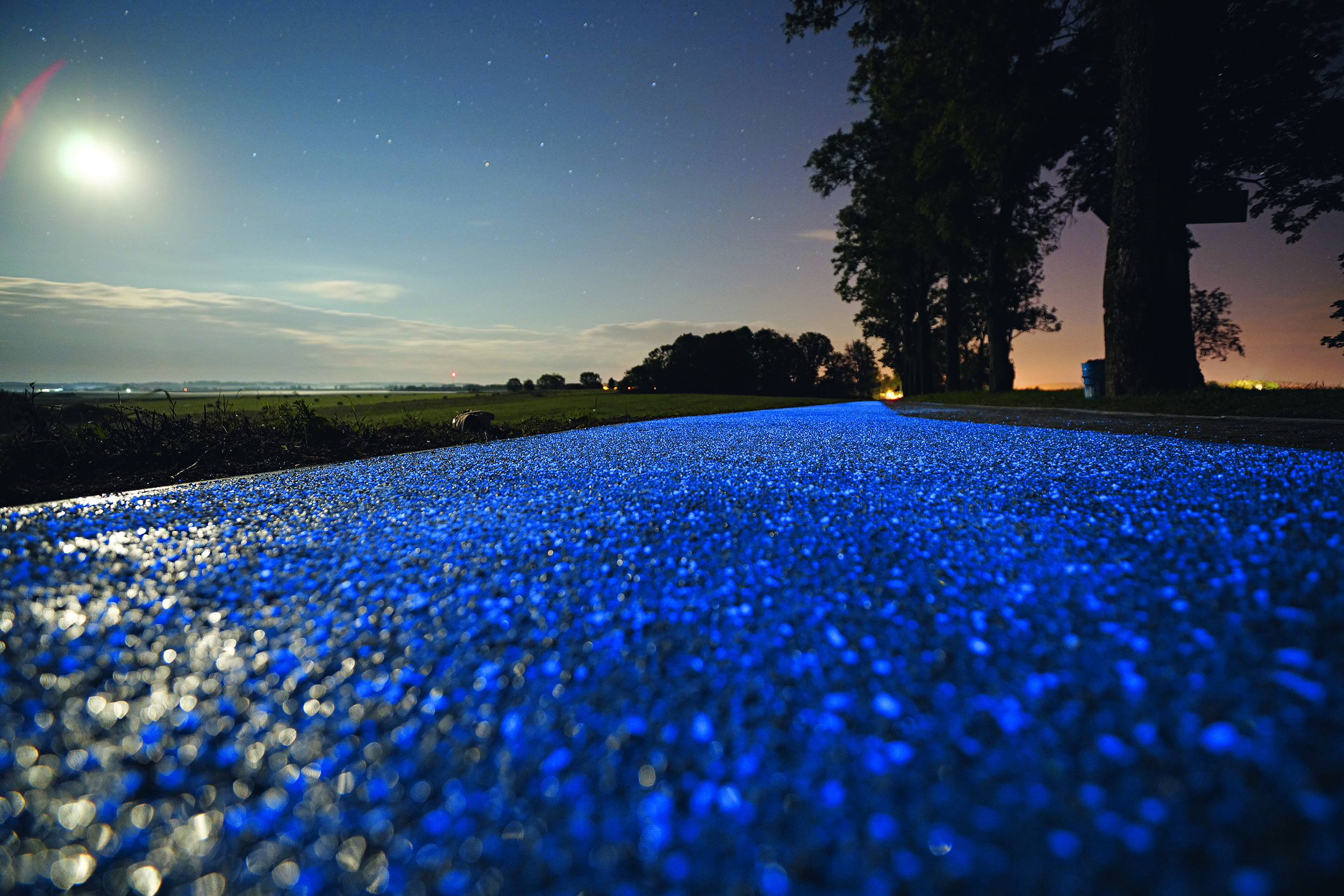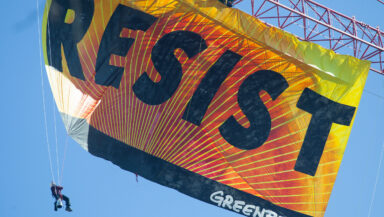How can we live in harmony with nature? We know that how we’re living now is harming our planet. And that collective change is essential for its future. But with so much to do and bad news nearly everyday, it’s easy for our hope to dash away.
Whether using new technologies in the city or adopting sustainable farming practices, people globally are coming up with creative solutions to make the world a better place.
We picked out a few that remind us a greener future is possible. Many of these ideas are still at the experimental stage, and some will be more valuable as conversation-starters than large-scale solutions. But they’re all great reminders of what’s possible when we’re willing to get creative and reimagine the world around us. Because all we need to restore our hope is a jump into our imagination.
Glow in the dark cycle path
In Lidzbark Warmiński in northern Poland, cycling has become a bit safer. This experimental cycle path absorbs sunlight to light up in darkness, making the path safer for cyclists at night. It’s made of blue luminophores, which are small crystal-like particles that can take in energy from the sun then slowly release it as light. It looks similar to a glow-in-the-dark sticker that you can put up on a ceiling. The path is currently being tested for wear and tear.

Path created by TPA Instytut Badań Technicznych Sp. z o.o. in Lidzbark Warmiński in northern Poland © Strabag













